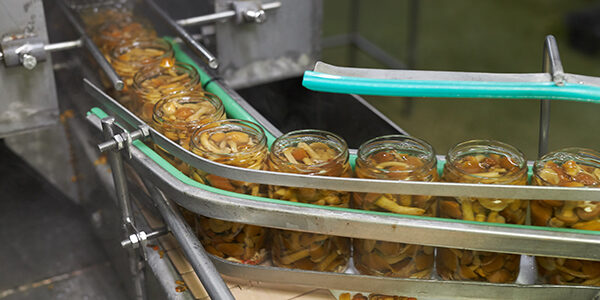The food and beverage industry is one of the most dynamic and fast-paced sectors globally, where efficiency, safety, and precision are paramount. At the heart of this industry’s production lines lies a crucial component: conveyor systems. These systems are the backbone of operations, ensuring seamless movement of goods across different stages of production—from raw material handling to packaging and shipping. With evolving consumer demands, stricter regulatory standards, and increasing pressure for sustainability, advanced conveyor solutions are transforming the way the industry operates.
In this blog, we delve into the challenges faced by the food and beverage industry, explore innovative conveyor technologies, and highlight the benefits they bring to modern production lines.
Chalenges in the Food & Beverage Industry
- Stringent Hygiene and Safety Standards
Food safty is a top priority in the industry. Contamination risks and stringent regulations, such as those set by the FDA or HACCP, require equipment that is easy to clean and maintain. Conveyor systems must be designed to minimize bacteria buildup and facilitate regular sanitation.
2. Diverse Product Range
From fragile glass bottles to bulk dry goods, the food and beverage industry handles a wide variety of products. Conveyor systems must accommodate different shaps, sizes, weights, and materials while maintaining efficiency and reducing damage.
3. High-Speed Production Requirements
With rising consumer demand, manufacturers are under constant pressure to increase production speeds without compromising quality. Conveyor systems must support high speed operations while ensuring precision and reliability.
4. Harsh Operating Conditions
Many production environments involve exposure to moisture, extreme temperatures, and chemicals. Conveyor systems need to be durable enough to withstand these conditions while maintaining peak performance.
5. Sustainability Goals
As the industry moves toward eco-friendly practices, manufacturers seeks conveyor solutions that reduce energy consumption, minimize waste, and use recyclable materials.



